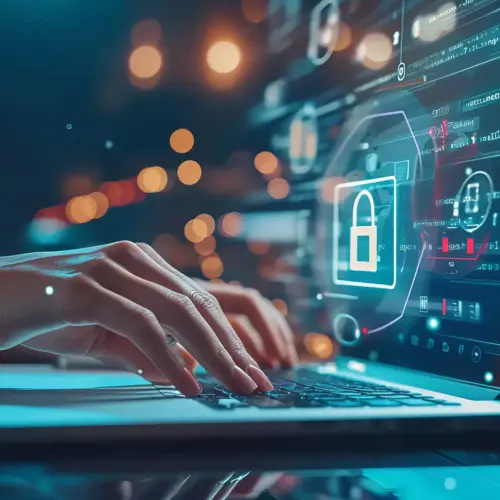The two most important initiatives for technology leaders, according to CIO’s 2020 State of the CIO report, are increasing operational efficiency and improving the customer experience. Yet, both of those are challenging to do when a business is weighed down with legacy applications and hardware.
Even if those legacy applications still drive value for the business, the aging and brittle infrastructure that they sit on keeps many IT leaders up at night. In many cases, modernization and migration are becoming imperative. Maintaining and managing legacy systems, and keeping them compliant and meeting regulatory requirements is a financial drain.
But modernizing applications and moving them to the cloud aren’t without their own financial challenges. It’s expensive to update and move the apps and infrastructure–it’s both costly and dangerous to leave them as is.
Companies and IT departments with cash flow constraints are feeling the pressure. Even those with the budget may have a hard time explaining the duplicated costs to their leaders or their board. The good news is that there are strategies to update legacy apps and move off of aging infrastructure that works with your budget, not against it.
Convert CapEx to Opex: Sale-and-Leaseback
Migrating legacy applications to new infrastructure requires having the new systems available and configured before the old systems are shut down. This can be a serious hit to your capital budget, showing duplicate assets that, on paper, may seem to be the same.
Also known as just a leaseback, this is a balance sheet strategy that allows a business to free up capital without losing access to the asset. Essentially, the asset is sold, but the buyer leases the asset back to the original owner. That capital can then be used for other things, like acquiring new hardware, while the original asset stays in place for continued use.
This can be especially helpful if you’re migrating onto newer, more robust hardware and consolidating multiple applications that are scattered across your ecosystem. The migration may allow you to free up hardware, optimize power and thermal profiles, and even rack space. Once the migration is done and the lease concluded, the new owner can take possession of the asset and you’ll have freed additional space in your budget.
Renegotiate OEM Maintenance
OEM maintenance contracts offer a host of different options. Depending on the nature of the business use of the infrastructure, the need for uptime, and the plans for sundowning or migrating applications that exist on a given system, you may not need the support coverage that you’re currently paying for.
For instance, if the applications currently hosted on the supported system are accessed infrequently, downtime may not be as severe of an issue. Review your support contract against the importance of the business processes supported by the systems to see if there is room to lower things like response times. If the business impact of a 2-day outage is minimal, you may not need to pay for a support contract that has an SLA with a 6-hour response time attached to it.
The same may be true for software maintenance contracts, as well. If you’re sundowning a legacy application, paying a contract that includes upgrades and new features doesn’t make a lot of sense.
End of Contract Migrations
Support contracts can provide another opportunity to free up capital. If you have a contract that is concluding, you can plan your cloud migration to align with the end of the contract.
While time constraints are a great motivator, you’ll also want to make sure that you’re giving yourself enough time to complete the migration and test the new systems thoroughly. To accelerate the process, you’ll want to automate information gathering for application usage. Device42, for instance, can automatically map application dependencies and identify service endpoints to prevent last-minute scrambling to reconfigure component connections.
There are a number of benefits to each of these strategies. One of the biggest is that each of these comes with a countdown timer, creating a sense of urgency and solidifying the importance of the migration or modernization project. Another is the opportunity to gain a clearer understanding of your infrastructure, applications, and usage, as well as map out your data center footprint.
Device42’s auto-discovery features can accelerate critical elements for each of these projects. Working side-by-side with infrastructure and application SMEs in IT and the business, the data and visualizations from Device42 ensure that migration and modernization projects can be streamlined and seamless.
To learn more about how Device42 can help you manage modernization initiatives and expenses, visit our Transformation page.



